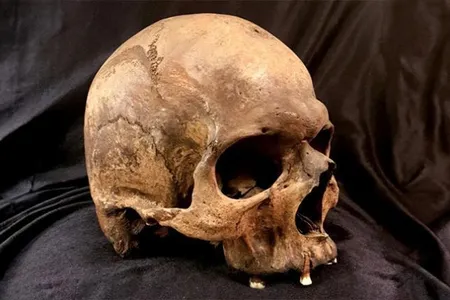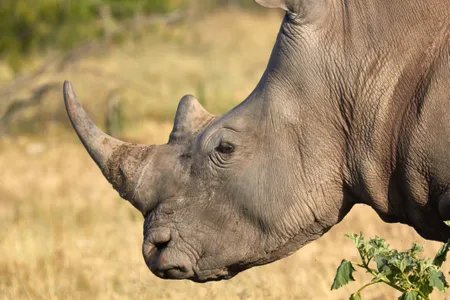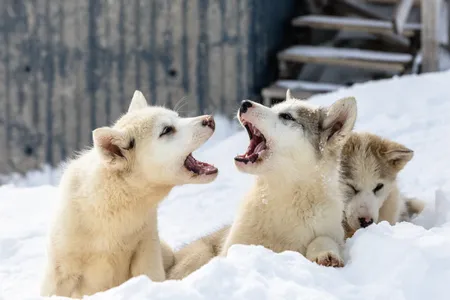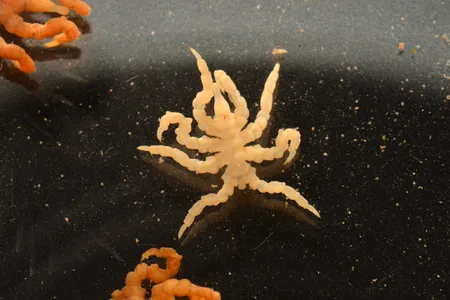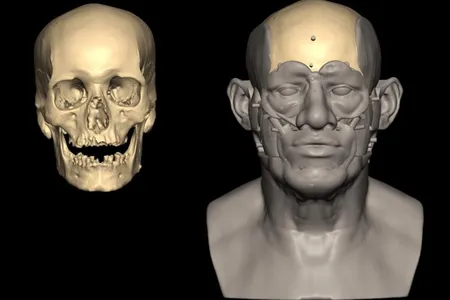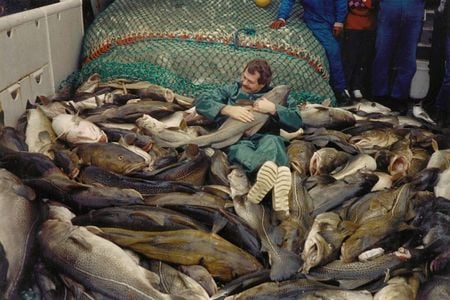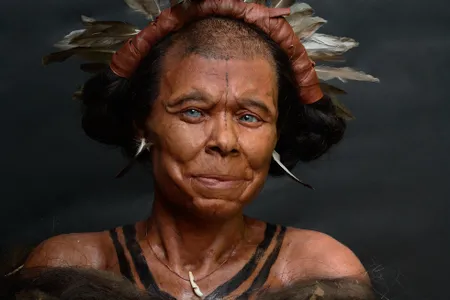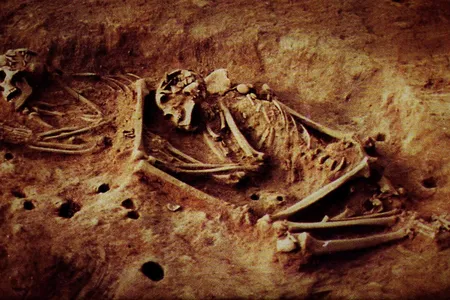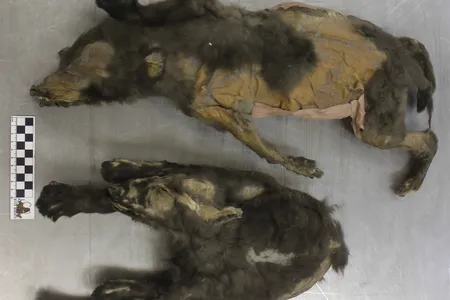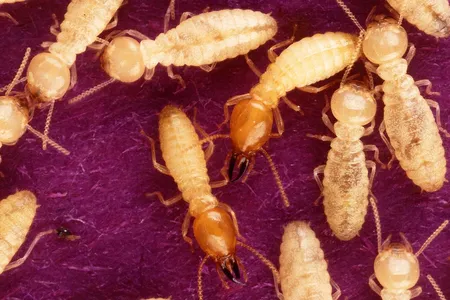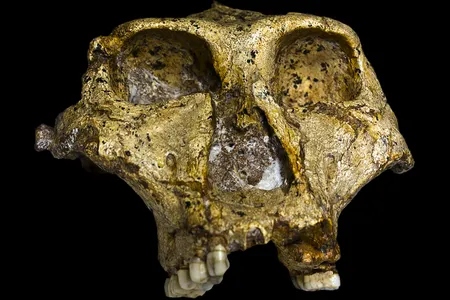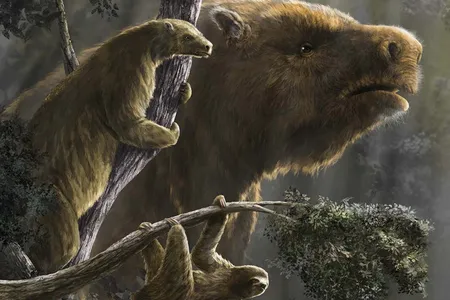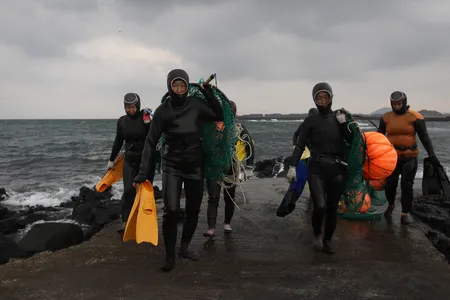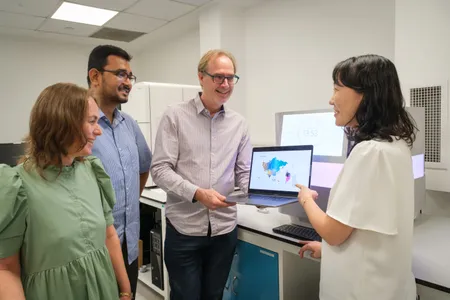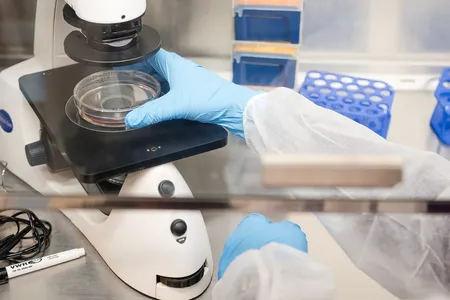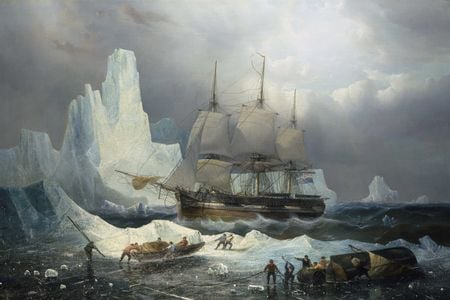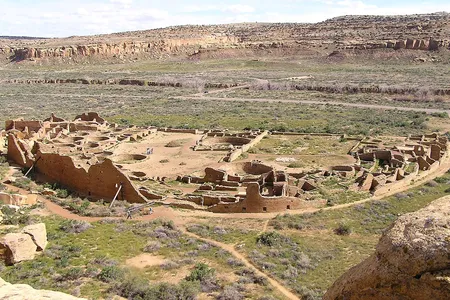With Ancient DNA, Scientists Have Mapped 37,000 Years of Disease Across Europe and Asia
Zoonoses—diseases that spread from animals to humans—began to gain prevalence some 6,500 years ago with the rise of animal husbandry, a new study suggests
Scientists Recover Ancient Proteins From Animal Teeth Up to 24 Million Years Old, Opening Doors to Learning About the Past
Two new papers analyze fossils found in Canada and Kenya, respectively—vastly different environments for the preservation of genetic material
Greenland Sled Dog DNA Reveals a Story of Human Migration and Ancestry of the Unique Breed
Researchers analyzed ancient and modern genetic samples of the Greenlandic Qimmit breed to shed light on the long relationship between the Inuit and their dogs in the Arctic
These ‘Weird’ Sea Spiders Don’t Have Abdomens—and Instead Store Organs in Their Legs. With DNA, Scientists Are Learning Why
Researchers sequenced the knotty sea spider’s genome for the first time, revealing a missing gene that many other animals have
Scientists Have Sequenced an Ancient Egyptian Skeleton’s Entire Genome for the Very First Time. Here’s What They Found
Dating back more than 4,500 years, the skeleton belonged to a middle-aged man who may have worked as a potter and likely descended from ancestors in North Africa and Mesopotamia
These Cod Have Been Shrinking Dramatically for Decades. Now, Scientists Say They’ve Solved the Mystery
Eastern Baltic cod grow to much smaller sizes than they did just 30 years ago, because overfishing altered their genes, according to new research
Ancient DNA Reveals That Men Moved in With Their Brides’ Families in This Neolithic Settlement
A new study suggests that a 9,000-year-old society in Catalhoyuk, a proto-city in southern Anatolia, may have established a “female-centered” social structure
See the Face of a 10,500-Year-Old Woman, Reconstructed by Archaeologists and Artists
Using well-preserved ancient DNA, researchers have created a life-like facial reconstruction of a woman who lived in Belgium’s Meuse Valley during the Mesolithic period
Ancient DNA Reveals Mysterious New Group of Humans in Colombia With No Genetic Ties to People Today
The previously undocumented lineage of hunter-gatherers seems to have disappeared around 2,000 years ago
Iconic ‘Dragon Man’ Skull Offers First Glimpse of What a Denisovan’s Face Looked Like, New Genetic Studies Suggest
The mysterious ancient humans were only known from fossil fragments. Now, two papers argue a skull uncovered in China belongs to this group, after examining preserved DNA and proteins
14,000-Year-Old ‘Puppies’ Found in Siberia Were Wolf Littermates Who Dined on Woolly Rhino
Researchers studied chemicals found in the animals’ bones, teeth and tissues, as well as genetic material from their stomach contents
Two Invasive Termites Are Interbreeding in Florida, Raising Concerns That the Hybrid Pests Could Spread Around the World
Previous research found that Asian and Formosan termites could produce offspring together, and now, scientists have found these creatures established in the wild
Scientists Investigate 2.2-Million-Year-Old Tooth Enamel to Unravel the Mysteries of Ancient Human Relatives
By studying proteins preserved in teeth, researchers determined the sex of four Paranthropus robustus individuals that lived in southern Africa
Giant Sloths the Size of Elephants Once Walked Along the Ground. Here’s How the Massive Animals Evolved and Declined
Researchers analyzed fossils and DNA to get a big-picture view of sloth evolution and determine what drove their immense size variation
The Stunning Search for the Remains of Fallen WWII Airmen
After three crewmen were swallowed up by the Pacific at the end of World War II, a modern-day rescue effort went to find them
South Korea’s Female Free Divers May Have Evolved to Thrive Underwater, Study Finds
The Haenyeo, a group of skilled divers on Jeju Island, plunge beneath the ocean’s surface without any breathing equipment, thanks to a combination of their training and genetics
Scientists Use DNA to Trace Early Humans’ Footsteps From Asia to South America
Over thousands of years, humans from Eurasia trekked more than 12,400 miles to eventually reach the southernmost tip of South America, a new genetic investigation suggests
In a Remarkable First, a Baby With a Rare Disease Receives Personalized Gene Therapy
Researchers say the CRISPR-based technique used could eventually be employed to treat more people with rare genetic diseases
The Shipwrecks From John Franklin’s Doomed Arctic Expedition Were Exactly Where the Inuit Said They Would Be
In May 1845, 129 British officers and crew members set out in search of the Northwest Passage on HMS “Erebus” and HMS “Terror.” None returned
DNA Links Modern Picuris Pueblo Tribe to Ancestors Who Lived in Chaco Canyon Hundreds of Years Ago
Tribal leaders partnered with scientists to confirm their connection to the archaeological site in New Mexico
Page 1 of 24
